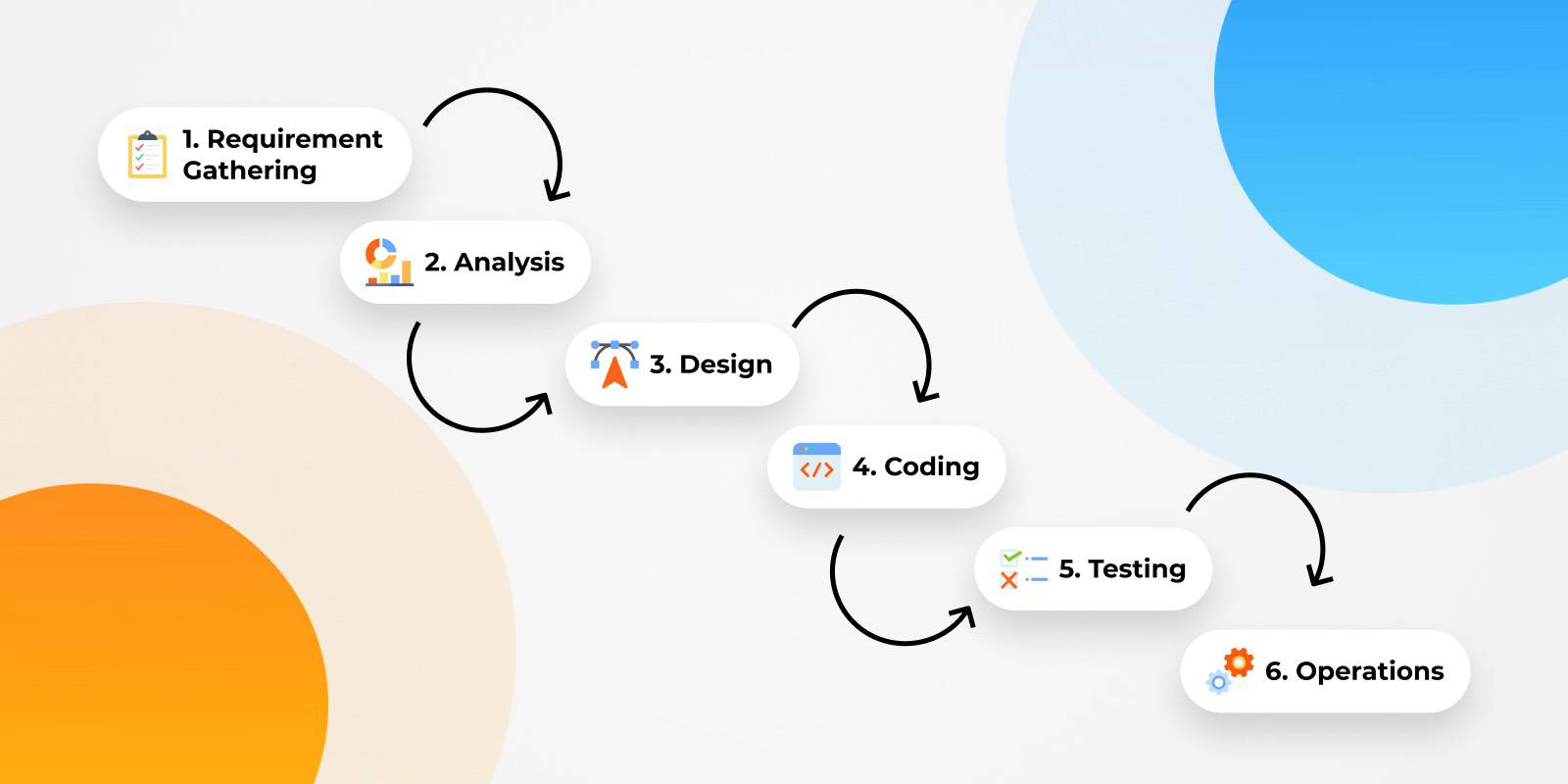
Scrum is an Agile methodology that emphasizes collaboration, communication, and speed. It's more collaborative and involves continuous delivery of small parts of the project.

It's a tried-and-true method that works well when the requirements are well-defined and unlikely to change.Īgile, on the other hand, is a more adaptable methodology that prioritizes customer satisfaction and adjusts to changing requirements throughout the project. Each phase must be completed before moving on to the next. In Waterfall methodology, the entire project is completed in phases. No customer involvement until the end − Because the Waterfall methodology is designed to complete the project before involving the customer, there may be few opportunities for feedback until the project is completed.Ĭomparing Waterfall to other Popular Methodologies like Agile, Scrum, and Kanban Limited flexibility − Waterfall methodology is rigid, which means that any changes to the project must go through a formal change request process. Reduced risk − Because each phase is completed before moving on to the next, errors and defects are less likely to be carried forward into the next phase. Each phase of the project is completed before moving on to the next, making tracking progress simple. ProsĬlear structure − The Waterfall methodology has a well-defined structure that makes it simple to understand and apply.

Waterfall, like any other methodology, has pros and cons. Pros and Cons of Using the Waterfall Methodology Each phase must be completed before proceeding to the next, and changes made in one phase can be difficult and costly to implement in subsequent phases. This methodology consists of five stages: requirements gathering and analysis, design, implementation, testing, and maintenance. The Waterfall methodology's key principles include a focus on detailed planning and documentation, a clear definition of project scope and requirements, and a rigidly structured process for transitioning from one phase to the next. The Waterfall methodology entails breaking down a project into phases, each with its own set of deliverables and milestones. The key Principles and Phases of the Waterfall Methodology The requirements-gathering phase is followed by design, implementation, testing, and maintenance. The Waterfall methodology is named after a sequential, step-by-step process in which each phase flows down into the next.
History of waterfall project management software#
It is thought to have originated in the 1950s in the manufacturing industry and was later adopted by the software development industry in the 1970s. The Waterfall methodology has been used for many years to manage projects.

The History and Origins of the Waterfall Methodology It also gives real-world examples of firms that have implemented Waterfall successfully and analyses why it worked for them. This article examines the Waterfall methodology's core ideas and phases, as well as its advantages and disadvantages in comparison to other prominent approaches such as Agile, Scrum, and Kanban. It has now been used by a wide range of industries, including software development, construction, and manufacturing. The Waterfall methodology has been a common approach to project management for many years, having roots in the manufacturing industry extending back to the 1950s.


 0 kommentar(er)
0 kommentar(er)
